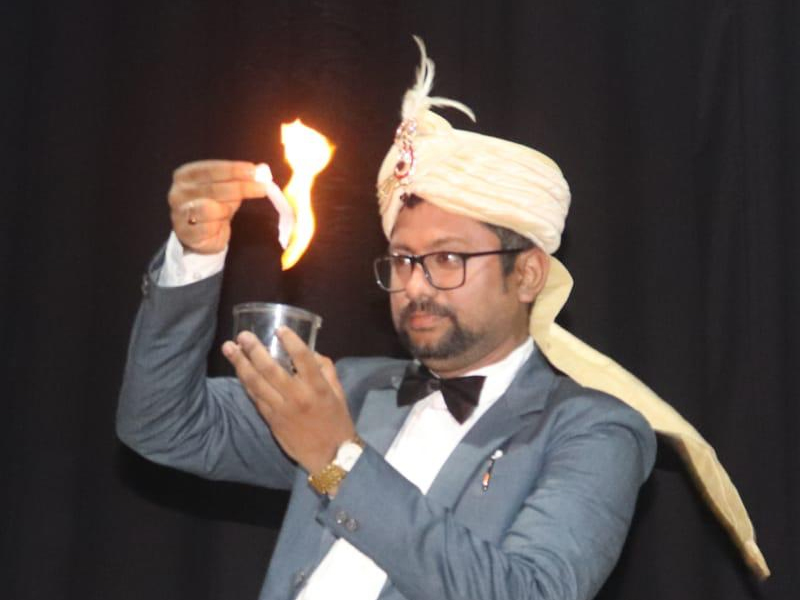

The school is set up over an area of 100 acres. Offering high school education, the school has eight grades of education from fifth to twelfth standard. The total strength is about 700. All students are tribals (from undivided Koraput i.e. Rayagada, Koraput, Malkangiri & Nabarangpur). The school is affiliated to Central Board of Secondary Education (CBSE), New Delhi.

Ramakrishna Mission started a Residential English Medium Higher Secondary School in 2008.
more
Get awarded at International Silver Zone Olympiad for International Level Competitions.
more
We provides all facilities to groom the students into all-round personalities.
Mandatory Disclosure
We address the needs of community health through the services of our Charitable Dispensary consisting Allopathy and Homoeopathy departments with a section of Dental Care.
read more
Social festivals like Ganesh Puja, Saraswati Puja, Shivaratri, Holi etc.
read more
Celebrating events and festivals in our school is an integral part of learning and building a strong cultural belief.
read more
Welfare Activities and Relief Services are the pre-eminent and integral parts of our activities.
read more
Summer Relief Programme started distribution of Lemonade and Fruit Juice among the passersby near its main entrance from Tuesday, 1st April 2025.

A spectacular Magic Show by the renowned magician Prof. Satadru Banerjee was organized in the Vivekananda Hall on 29th March, 2025.